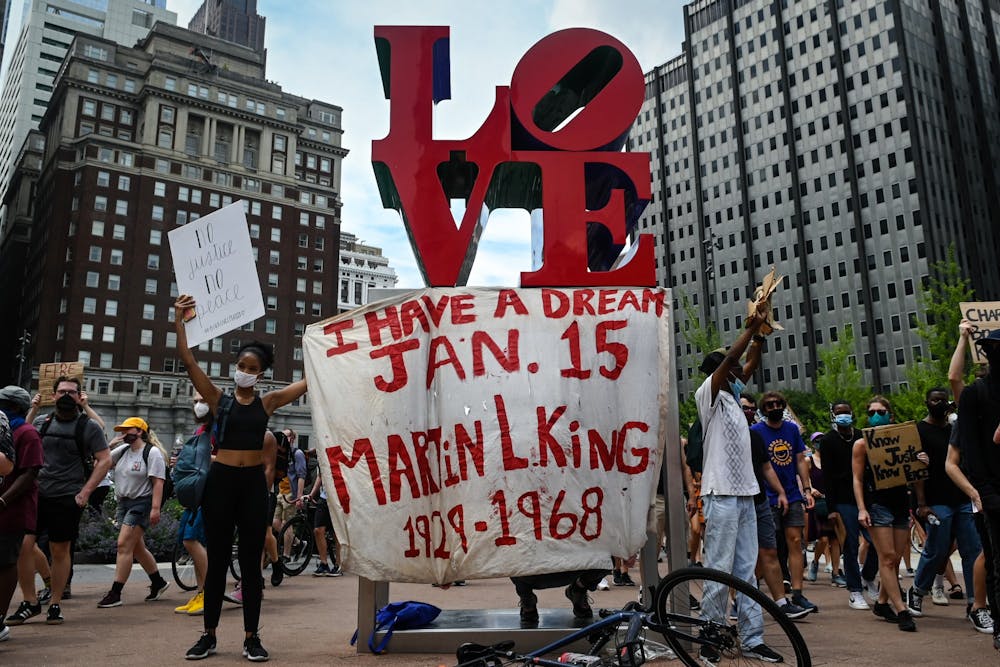The Weitzman School of Design launched a new initiative to advance the conservation of heritage sites that symbolize the civil rights movement.
The Center for the Preservation of Civil Rights Sites will be led by Faculty Director Randall Mason, a professor in the graduate program in Historic Preservation at Penn. The Center aims to build relationships and share resources with historically Black colleges and universities to conduct research, expose HBCU students to careers in design, and work together on preservation sites.
Historic preservationists combine conservation with new design elements and are often at the forefront of writing and interpreting the history of a place, Mason said. In recent years, historical preservation has expanded from repairing physical buildings associated with famous people or events to include other historical places, such as cemeteries or parks as sites to preserve, he added.
The idea for the Center grew from an existing partnership with Tuskegee University, an HBCU in Alabama. Starting in 2019, Penn has partnered with Tuskegee University's department of Architecture to teach historical preservation. The collaboration between the universities motivated Penn's department of Historic Preservation to expand the partnership to other HBCUs across the country.
Although there are currently no ongoing student projects from the Center, Mason said they plan to start working on sites in Philadelphia and Alabama in 2021.
The Center's first full-time employee, Sarah Lerner, who graduated from the School of Design in 2020, said the Center's mission includes three components: conduct fieldwork in preservation of civil rights sites with limited financial support, partner with HBCUs to bolster their preservation departments while they work to preserve their own cultural heritage, and provide educational opportunities for students studying historical preservation in the School of Design.
Although the plans for the Center were already in motion before the Black Lives Matter movement gained national attention this year, Lerner said the increased focus on BLM has "brought [historical preservation] to the forefront and exposed the urgency and the power of landmarks to tell stories."
While the pandemic continues to hinder students' ability to conduct fieldwork, they can still get involved with the Center by enrolling in a new spring course taught by Brent Leggs, who recently joined the Center as a senior advisor and adjunct associate professor.
RELATED:
From Civil Rights to Black Lives Matter: Inside the fight for racial justice at Penn
Monument Lab, founded by Penn profs., wins $4 million grant for art and justice projects
Mason said he hopes the Center will be able to collaborate across departments and schools within Penn, as well as with HBCUs. Although Mason is excited about using Penn’s expertise on preservation to work on Civil Rights sites, he said he wants to ensure the Center supports HBCUs, rather than dominate them.
“Coming from an institution that is associated with great privilege, rightly we’re having conversations about white supremacy and needing to decolonize our own fields and institutions and ways of working," Mason said. "It’s even more important these days to build partnerships with the organizations who are already long engaged in these issues.”









